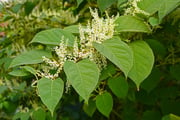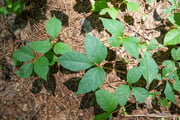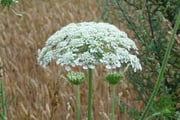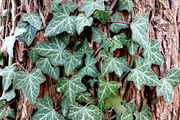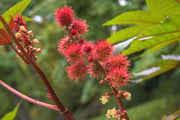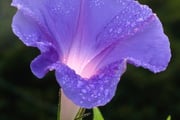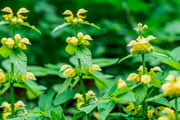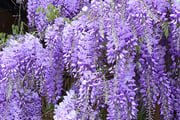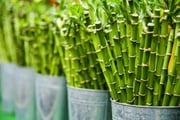10 Plants That Pose Risks to Your Garden
2/17/20244 min read
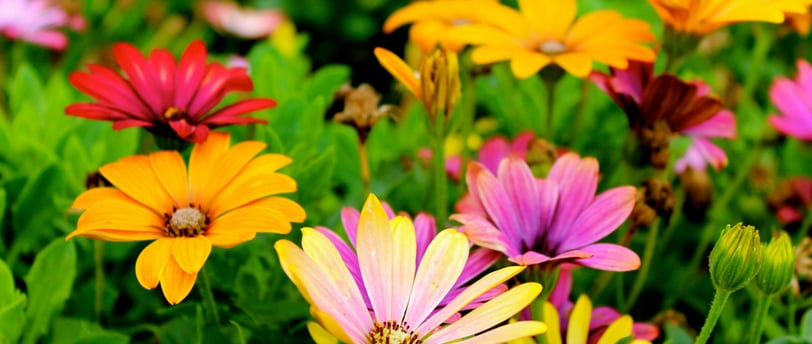

Introduction
When it comes to gardening, we often focus on selecting plants that are visually appealing and can enhance the beauty of our outdoor spaces. However, it is important to be aware that some plants can actually pose risks to your garden's health and ecosystem. While they may look attractive, these plants can cause harm to other plants, wildlife, and even humans. In this article, we will discuss ten such plants that you should be cautious about introducing into your garden.
1. Japanese Knotweed
Japanese Knotweed, with its elegant blooms, might seem like an innocent addition to your garden. However, beneath its charming facade lies an aggressive invader. Its extensive root system can infiltrate the smallest crevices, wreaking havoc on foundations, pavements, and even underground pipes. Left unchecked, this invasive species can swiftly dominate your garden, stifling the growth of native flora.
2. Poison Ivy
Though not renowned for its visual appeal, Poison Ivy commands attention with its unmistakable three-leaf configuration. While innocuous in appearance, this plant harbors a potent secret – urushiol. Contact with this oily resin can trigger severe allergic reactions in humans, manifesting as itchy rashes and painful blisters, serving as a stark reminder of nature's hidden dangers.
3. Giant Hogweed
Giant Hogweed stands tall with its impressive stature and grandiose flowers, enticing unsuspecting gardeners. Yet, beneath its allure lies a perilous threat. Its sap contains toxic chemicals that, upon contact with the skin, induce agonizing burns and blisters, leaving a painful reminder of the hazards lurking amidst beauty.
4. English Ivy
English Ivy, beloved for its lush foliage and versatility as ground cover, holds a dark secret. Its unchecked growth can quickly spiral out of control, smothering neighboring plants and encroaching upon structures with relentless determination. What begins as an aesthetic enhancement can swiftly transform into a green menace, wreaking havoc on your garden's delicate balance.
5. Oleander
Oleander boasts stunning blooms and evergreen foliage, making it a coveted addition to gardens worldwide. However, behind its enchanting facade lies a deadly secret. Every part of this plant, from its leaves to its sap, harbors potent toxins capable of inducing severe poisoning if ingested, serving as a grim reminder of nature's lethal arsenal.
6. Castor Bean
Castor Bean, with its striking foliage, adds an exotic allure to any garden landscape. Yet, beneath its allure lurks a deadly menace. The seeds of this ornamental plant contain ricin, a potent toxin that spells peril for humans and animals alike. Ingestion of even a minute quantity can prove fatal, underscoring the dangers posed by seemingly innocuous flora.
7. Morning Glory
Morning Glory enchants with its vibrant blossoms and rapid growth, promising to transform your garden into a tapestry of color. However, its unchecked proliferation can quickly spiral out of control, smothering neighboring plants and suffocating their growth. What begins as a botanical marvel can swiftly evolve into a relentless invader, challenging the harmony of your garden sanctuary.
8. Yellow Archangel
Yellow Archangel, with its charming blooms and vibrant foliage, casts a spell of enchantment upon unsuspecting gardeners. However, beneath its allure lies a disruptive force. This invasive plant spreads rapidly, displacing native species and disrupting the delicate balance of the ecosystem. Left unchecked, its unchecked growth can spell disaster for your garden's biodiversity.
9. Wisteria
Wisteria captivates with its cascading blossoms and romantic charm, promising to adorn your garden with ethereal beauty. However, beneath its captivating exterior lies a formidable adversary. Its vigorous growth and robust root system can wreak havoc on structures and trees, causing untold damage to your garden landscape.
10. Bamboo
Bamboo, with its exotic allure and graceful demeanor, adds an air of sophistication to any garden setting. Yet, beneath its elegant facade lies a formidable foe. Its rapid spread and invasive nature can quickly overwhelm neighboring plants, disrupting the harmony of your garden oasis. What begins as a symbol of tranquility can swiftly transform into a green menace, challenging the serenity of your outdoor sanctuary.
While these plants may have their own unique appeal, it is important to consider the potential risks they pose to your garden's health and ecosystem. Before introducing any new plants into your garden, research their characteristics and consider their potential impact on the environment. By making informed choices, you can create a beautiful and sustainable garden that thrives for years to come.
